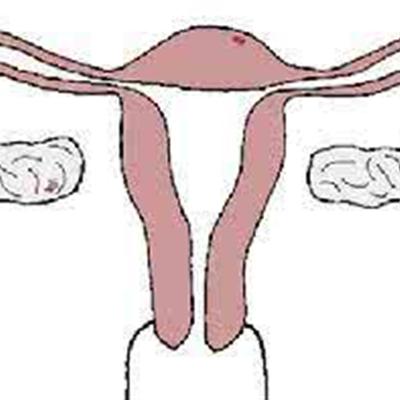How can women distinguish condyloma acuminatum
summary
According to colposcopy, colposcopy image shows: mild cervical erosion, cervical columnar epithelium, acetic acid white epithelium, verrucous. Colposcopy: chronic cervicitis, vulvar condyloma acuminatum. Better after treatment, let's take a look at how women identify condyloma acuminatum.
How can women distinguish condyloma acuminatum
First: condyloma acuminatum is a sexually transmitted disease caused by human papillomavirus (HPV) infection and mainly manifested by proliferative lesions of the anal and genital parts. Most of them are young and middle-aged people aged 18-50. After about half a month to 8 months, an average of 3 months after the onset of the incubation period. The disease is more common, mainly through sexual contact.

Second: typical condyloma acuminatum genital and perianal prone sites, men are more common in prepuce, frenum, coronal sulcus, glans, urethral orifice, penile body, perianal, rectal and scrotum, women are more common in labia, posterior syndesmosis, vestibule, clitoris, cervix and perianal. Occasionally can be seen in the pudendal and perianal parts, such as armpit, umbilical fossa, oral cavity, breast and toe, etc. Female vaginitis and male prepuce is too long to promote the occurrence of condyloma acuminatum.

Third: the lesions begin with small reddish papules, then gradually increase, single or cluster distribution, moist and soft, uneven surface, papillary, chicken crown or vegetable like protrusion. Red or dirty grey. The root often has a pedicle, and is prone to erosion and exudation, and easy to bleed when touched.

matters needing attention
Condyloma acuminatum patients also need to carry out the examination of related sexually transmitted diseases, especially syphilis, gonorrhea, NGU, genital herpes, chancre, AIDS and other sexually transmitted diseases. If any related diseases are found, they should be treated together.













